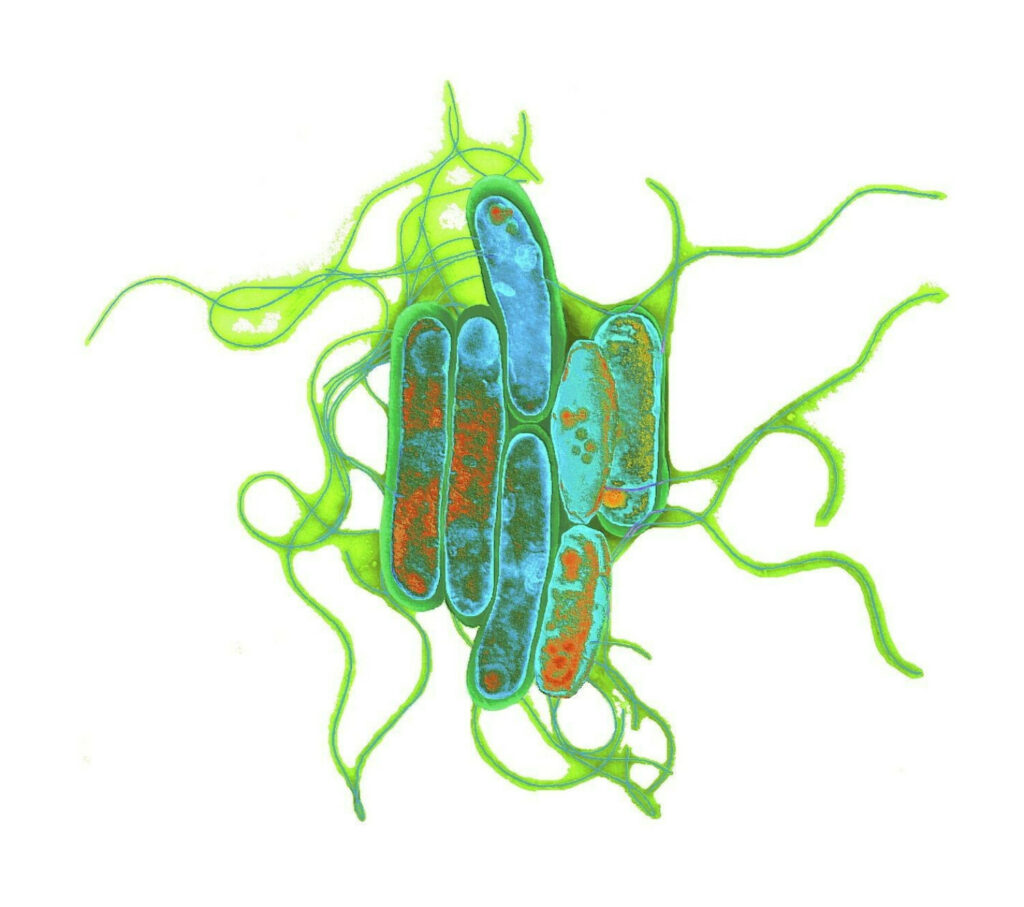
Researchers from the Warsaw University of Life Sciences (SGGW) in Warsaw, together with scientists from the University of Texas Southwestern Medical Center in Dallas, USA, have discovered the biochemical mechanism of action of one of the effector proteins of the bacterium Legionella pneumophila.
Legionellosis is an infectious respiratory disease caused by bacteria belonging to the genus Legionella, mainly Legionella pneumophila. The results of the work by a Polish-American team of scientists were described in the journal Science in the article ‘Bacterial pseudokinase catalyses protein polyglutamylation to inhibit the SidE-family ubiquitin ligases’.
The discovered mechanism of action of the effector protein SidJ, which regulates (blocks) another bacterial effector protein SidE, offers hope for the invention of a cure for the incurable disease legionellosis.
“The use of blocking SidE proteins is a great idea, because in response to this action the bacterial proteins will be degraded and the bacterium will not be able to reproduce in host cells. If we could create a specific protein (artificial blocker) for SidE that acts like SidJ, we would be able to stop the infection process. Or even apply SidJ artificially, as soon as the infection is detected”, said Dr Marcin Gradowski from the Institute of Biology at SGGW.









